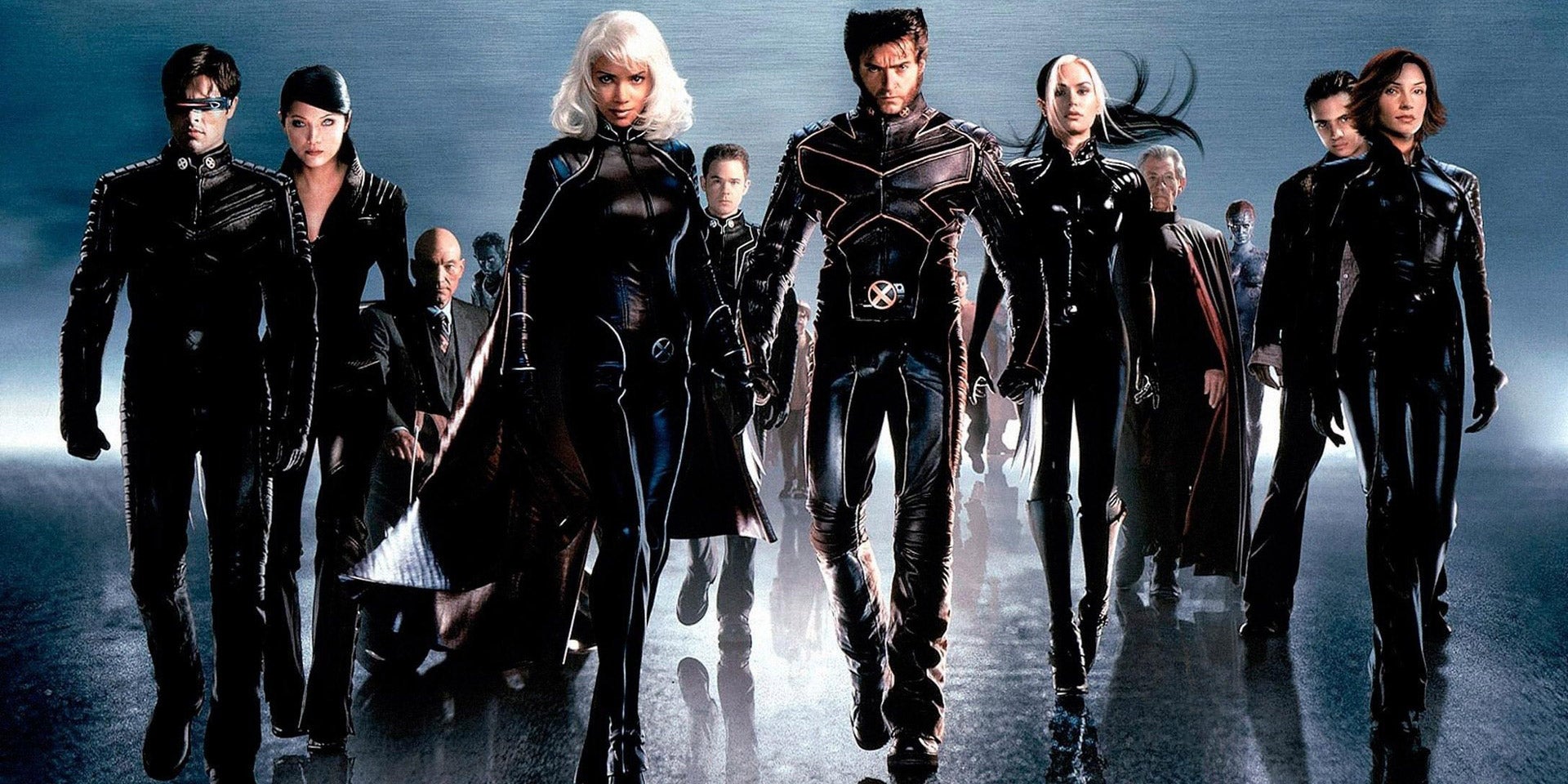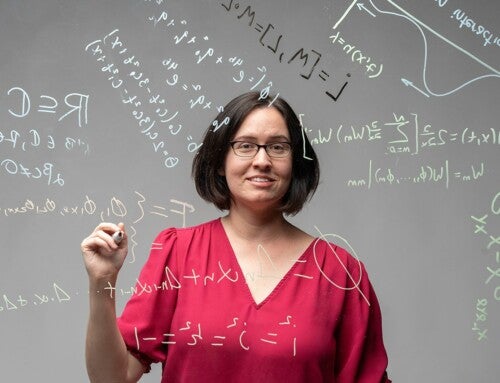The new installment of the Uncanny X-Men saga from Marvel Comics, released, July 16, 2014, kicks off in Charleston, S.C., but the comic series found its way to the College nearly a year ago, when two College of Charleston professors published an article on diversity in Marvel comics.
Associate Professors of Communication Julie Davis and Robert Westerfelhaus analyzed a devout Muslim female New X-Men character, Dust, who was introduced little more than a year after 9/11.
RELATED: Learn more about Dust in Davis and Westerfelhaus’ article
“It was a fascinating choice to introduce this character at a time when there was a lot of concern about the role of Muslims in the U.S.,” Davis said. “Dust is a Muslim high school student who wears a burka as her disguise, which was very unusual for the conventions of super hero disguises.”
Westerfelhaus credits a recurring theme – difference and conflicts that result from difference – for bringing the franchise to Charleston. “This is where the Civil War, a war based on racial differences, began,” he said. “The X-Men are fighting a war based on genetic differences. I think there’s some symbolism in their choice of location.”
The first few pages of the comic book feature a couple vacationing at a bed and breakfast when aliens attack Charleston. The panels allow for a few images of Charleston’s scenery before it’s annihilated.
“Of course, Charleston is also a beautiful place,” Westerfelhaus continued. “The number of TV shows and films shot here is growing, I think because Charleston is unlike any other American city. It’s charming, it’s historical, there’s natural beauty within easy reach of downtown. It’s not like other similarly sized cities.”
Davis added, “One of the major differences between Marvel and some of the other major comic purveyors is that Marvel uses real places. They have characters with relevant personal issues. It makes the comics more relatable to fans, who get excited when they share in something a character or a storyline addresses, like a social issue or setting.”
Westerfelhaus brings this aspect of Marvel into his classes, in which he often focuses on popular culture. “In the late 1970’s, Stan Lee was working for Marvel and he was the first person to break the ‘comic book code’ and address serious issues like drug addiction. He gave the X-Men realistic flaws. Today, LGBT, racial and religious issues are all covered in the narrative arc of the series.”
Alternatively, Davis occasionally brings the franchise into her organizational communication courses to discuss the skills necessary for film production. “I’m a big fan of the series, which doesn’t help my nerd cred much,” Davis said. “I use the films as an example in classes every once in a while.”
RELATED: Check out the communication major at the College of Charleston
While seeing the Battery destroyed would be a shock, “It would be exciting for them to shoot a part of an X-Men film here,” Westerfelhaus said. Regardless, students can find many opportunities to jump into the entertainment industry in Charleston while at the College. “Students can definitely get into the industry here,” he said. “Just pay attention to what’s going on – volunteer to be an extra, offer to work behind the camera, or intern at a local news station to learn the ins and outs of TV production.”
Westerfelhaus will teach a capstone for senior communication majors called Semiotics and American Popular Culture, along with a graduate level communication theory course, while Davis will teach Organizational Influence and Advocacy and Public Speaking in the fall 2014 semester.
For more information, contact Julie Davis at [email protected] or Robert Westerfelhaus at [email protected].





